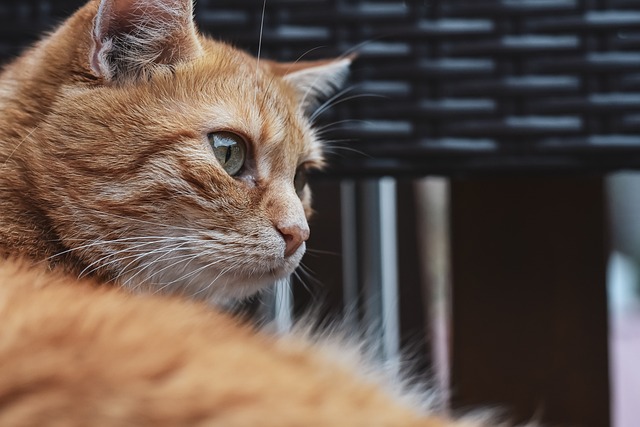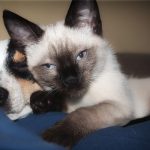Introduction: Tortoiseshell cats, often affectionately called “torties,” are cherished feline companions with distinctive bi-colored coats reminiscent of tortoiseshell patterns. This article unveils intriguing details about these vibrant cats, from their genetic uniqueness to their historical significance.
- Tortoiseshell is a Coat Pattern, Not a Breed: Contrary to popular belief, tortoiseshell isn’t a specific breed but a distinctive coat pattern. Various breeds, including American Shorthair, British Shorthair, Cornish Rex, Persian, and Maine Coons, can exhibit this captivating pattern. Their coats may showcase a blend of ginger, black, cream, orange, or gold, forming either a “bridled” or “patched” appearance.
- Females Dominate: Males are Exceptionally Rare: Tortoiseshell cats, like calico cats, are predominantly female due to the genetic intricacies that determine both their gender and coat colors. The unique chromosomal makeup of females allows for the striking blend of orange and black hues. Male tortoiseshell cats, a rarity occurring in only 1 in 3,000 cases, possess an additional X chromosome (XXY Syndrome) but often face health challenges.
- “Tortitude” Myth: While some believe tortoiseshell cats possess a distinct temperament, scientific studies have not conclusively supported this notion. The notion of “tortitude,” characterizing them as high-energy and sassy, stems more from anecdotes than empirical evidence.
- Symbol of Good Luck: Tortoiseshell cats hold auspicious connotations in various cultures. In Japan, they’re believed to safeguard ships from supernatural threats. English folklore even suggests they possess wart-healing powers when rubbed with their tails. In the United States, they’re considered “money cats,” believed to bring prosperity into households.
- Named after Luxurious Material: Tortoiseshell cats derive their name from the exquisite material made from real tortoise shells, once used for high-end jewelry, eyeglasses, and decor. Due to the endangered status of tortoises, synthetic alternatives replaced the use of genuine tortoiseshell.
- Introducing the ‘Torbie’: Crossing a tortoiseshell’s pattern with a tabby’s stripes gives birth to the enchanting “torbie.” Also known as “tortoiseshell tabbies” or “striped torties,” these cats boast a stunning blend of vibrant colors and distinct stripes.
- Presidential Feline Companions: President Ronald Reagan, during his tenure in the 1980s, shared his California ranch with tortoiseshell cats Cleo and Sara. While they didn’t reside in the White House, these feline friends played a cherished role in the Reagan household.
Conclusion: Tortoiseshell cats, with their captivating coats and rich history, continue to enchant cat enthusiasts worldwide. Whether revered for their unique genetic traits or cherished as symbols of good fortune, these vibrant felines hold a special place in the hearts of many.



